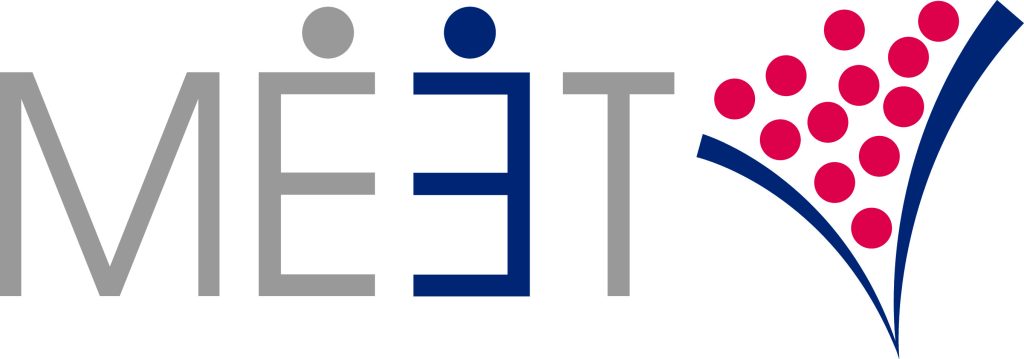Why an Effective Trade Show Booth is Essential for B2B Sales
An effective trade show booth is a cornerstone of success in the business-to-business (B2B) sales environment. Trade shows offer a
Why an Effective Trade Show Booth is Essential for B2B Sales Read Post »

